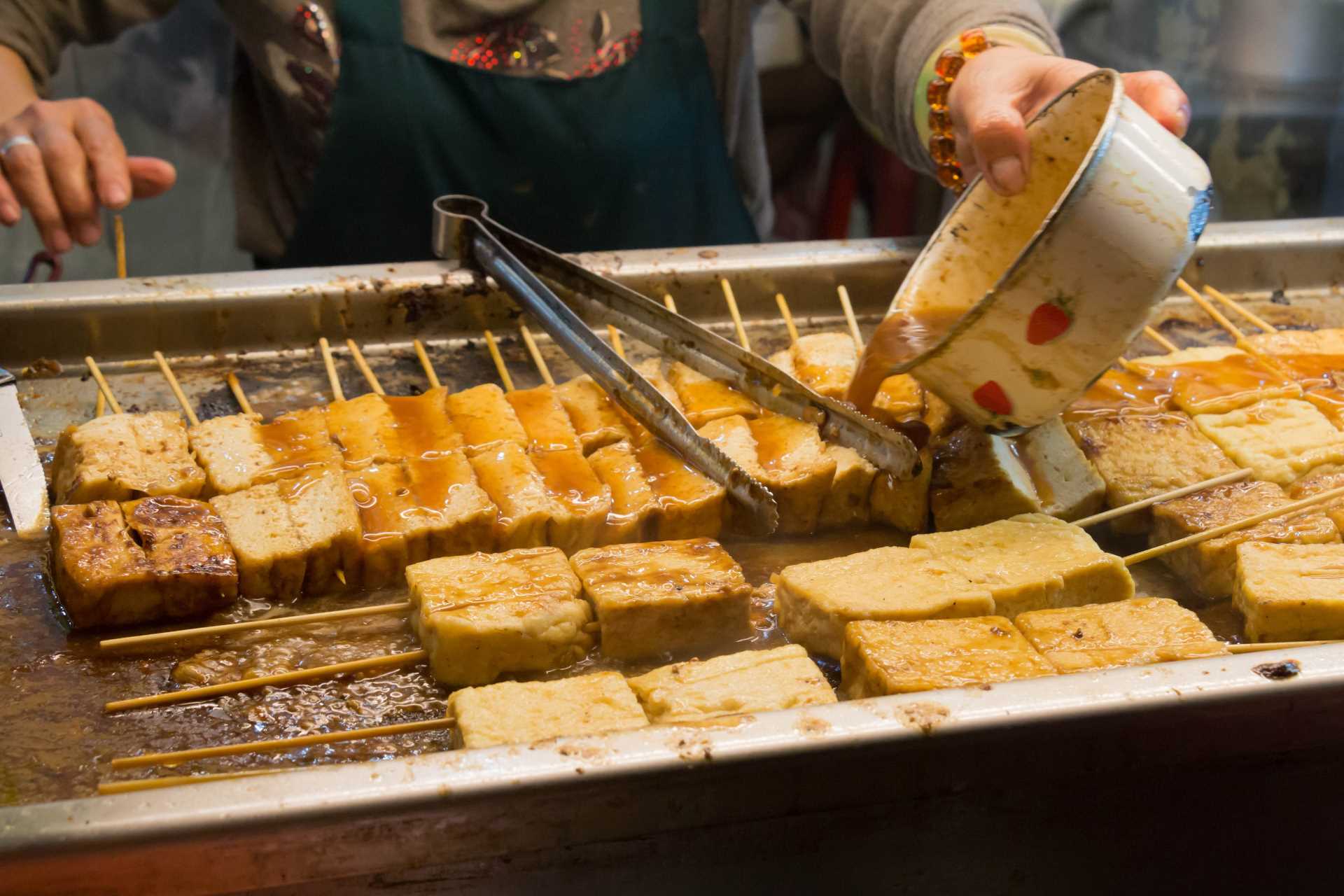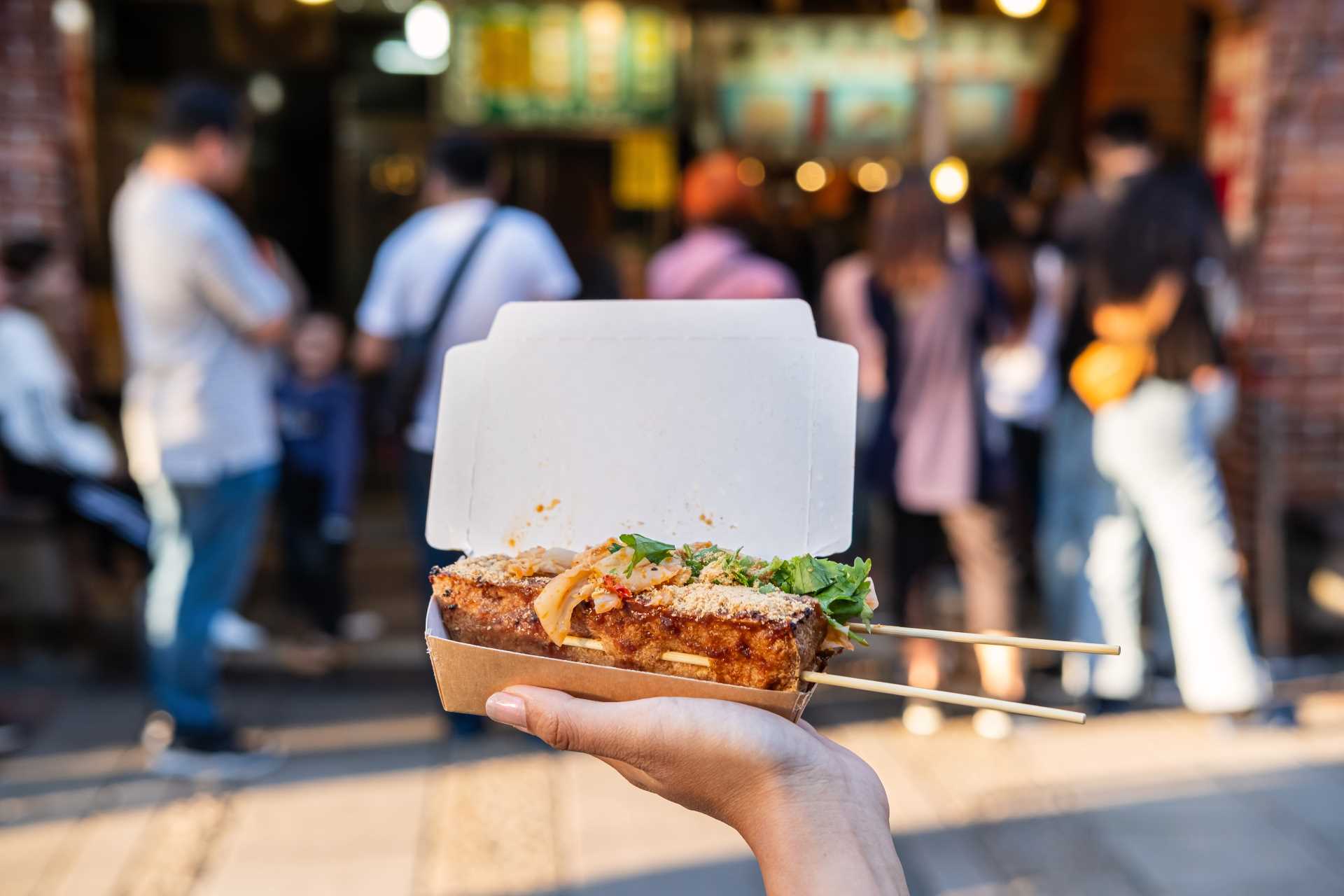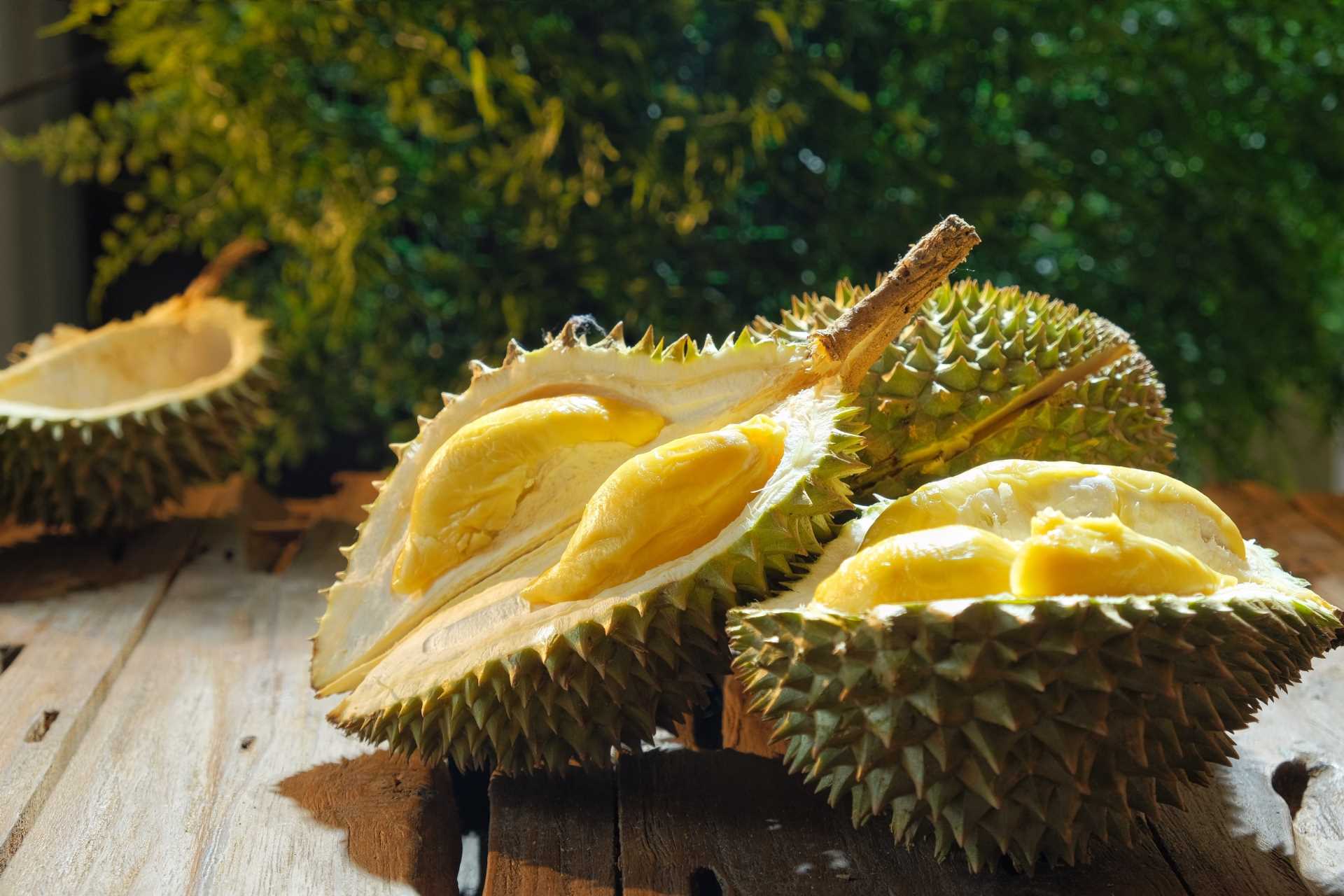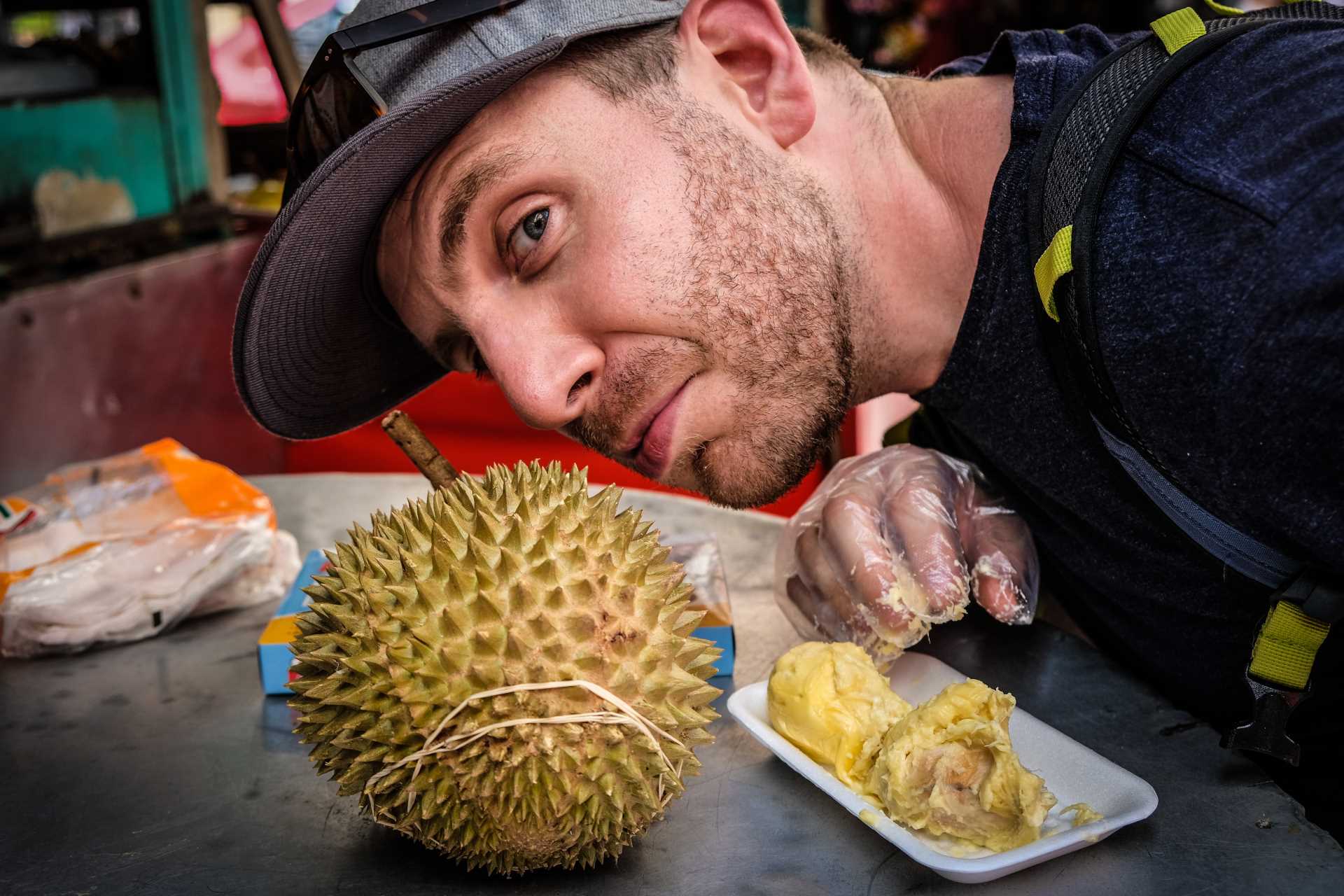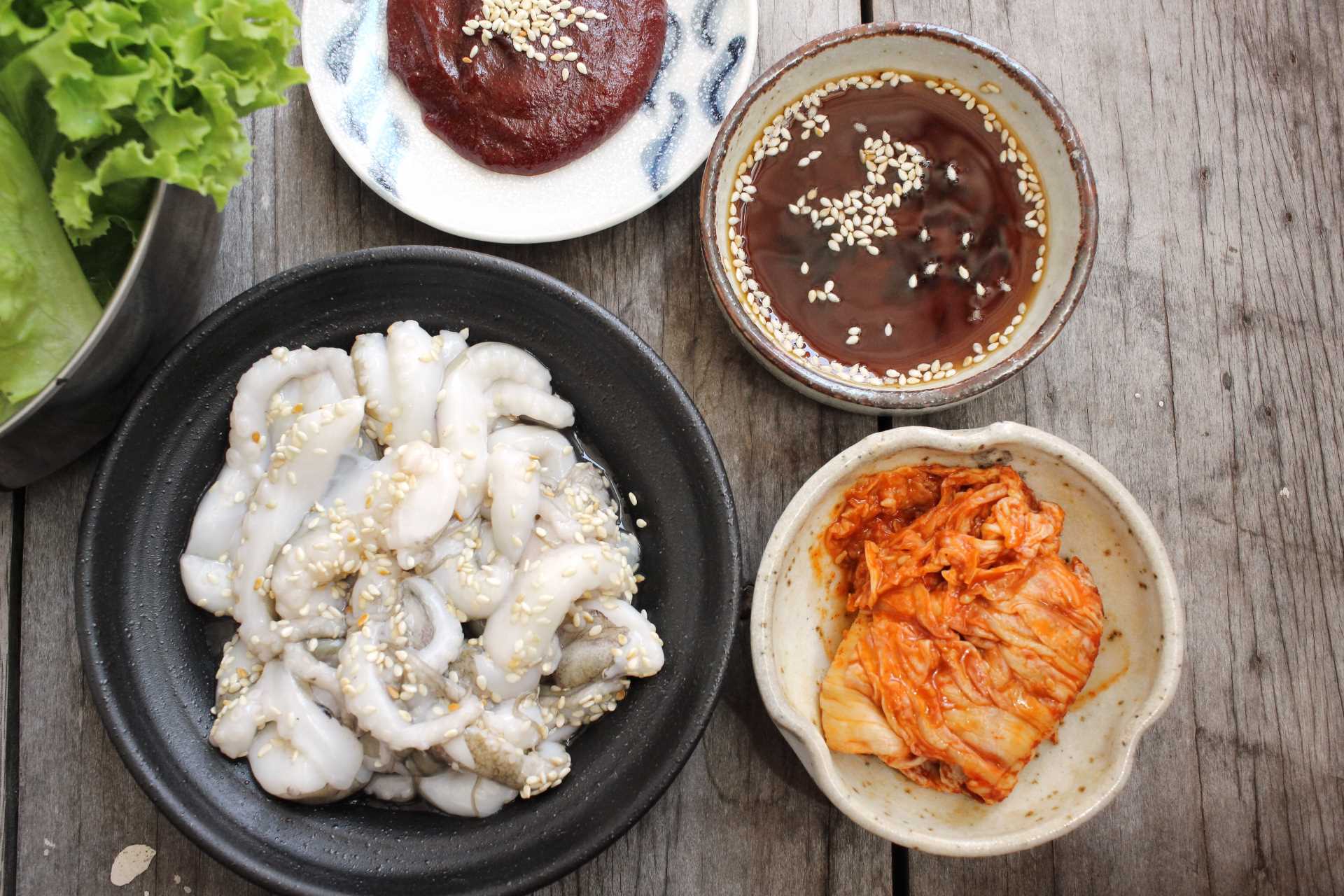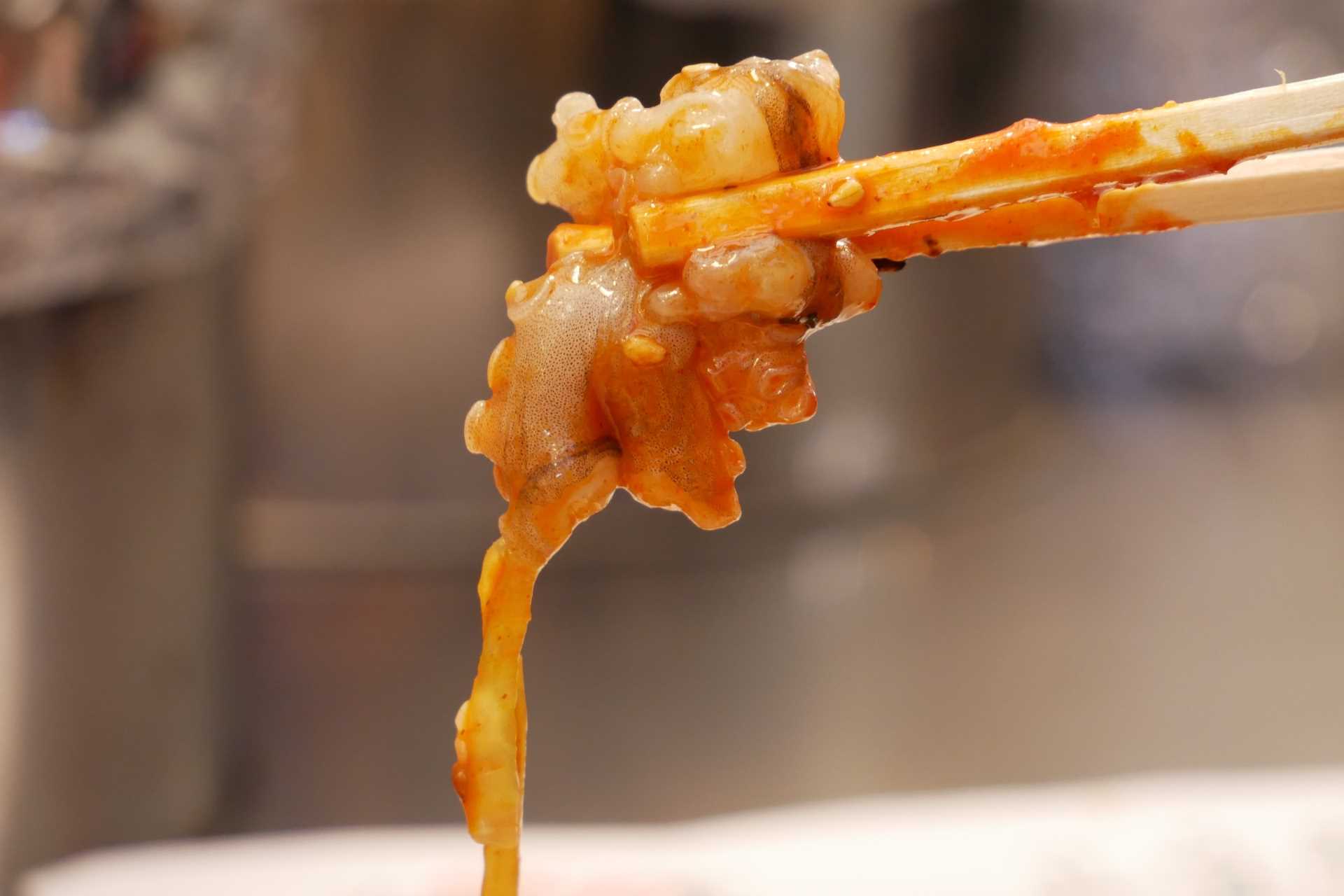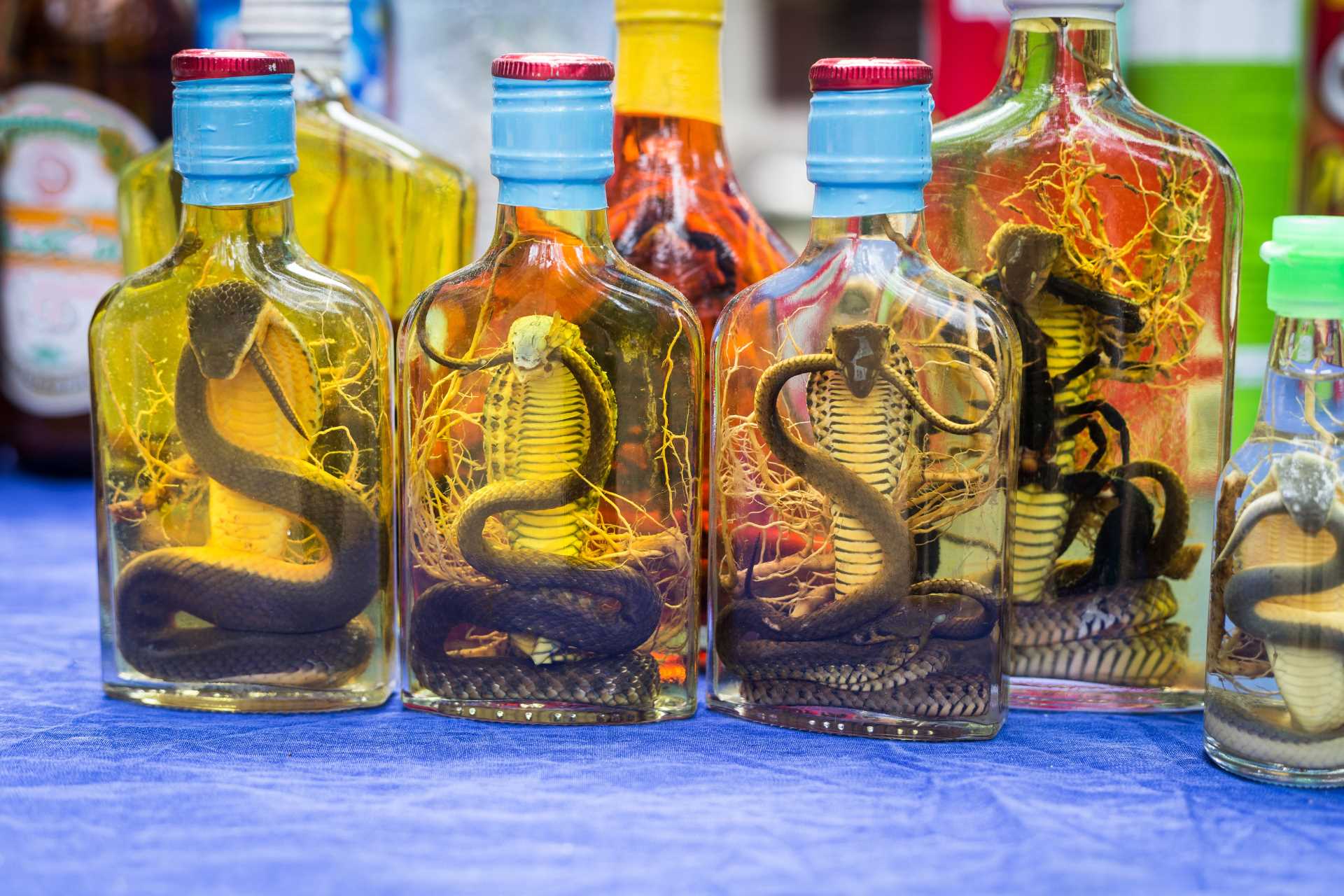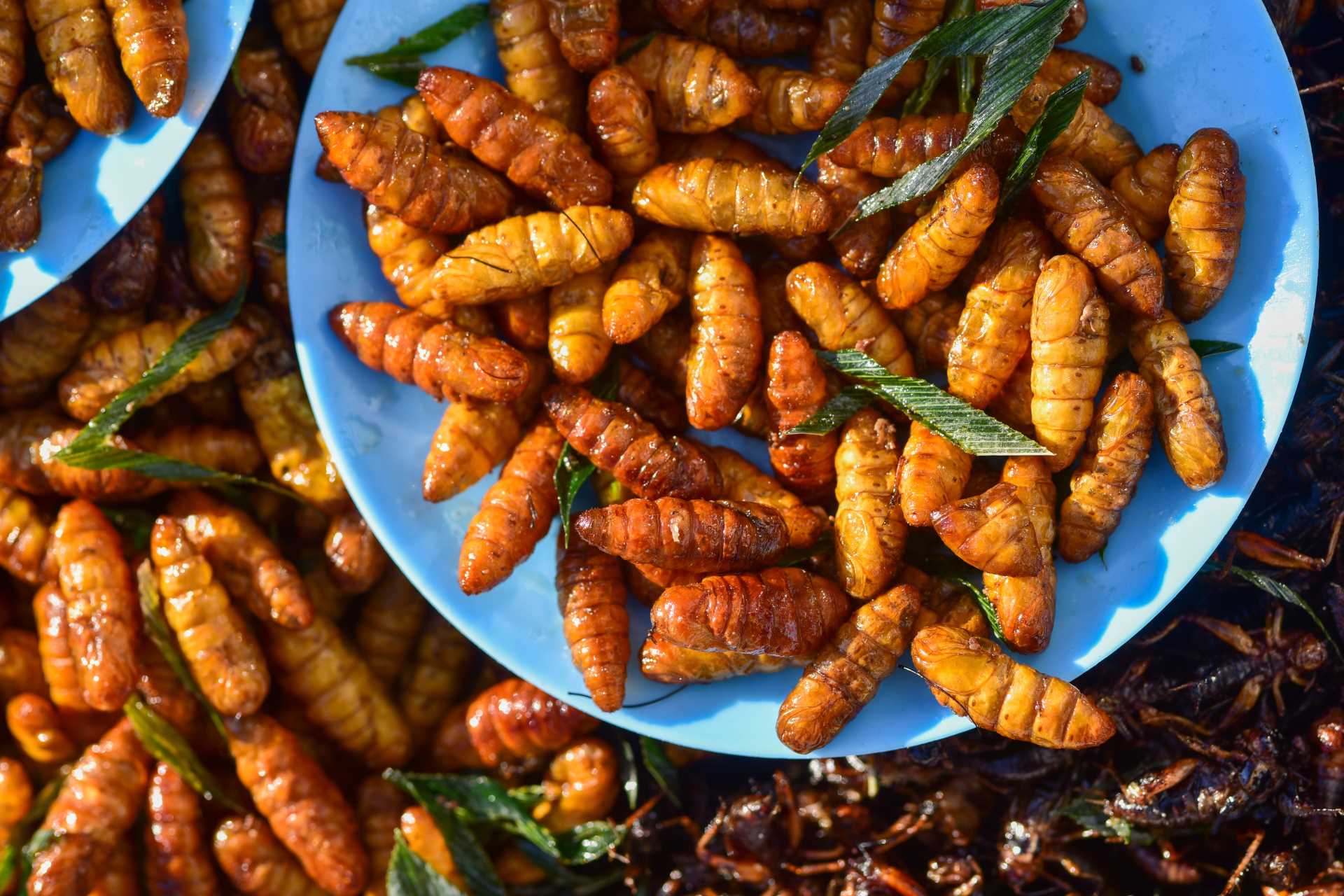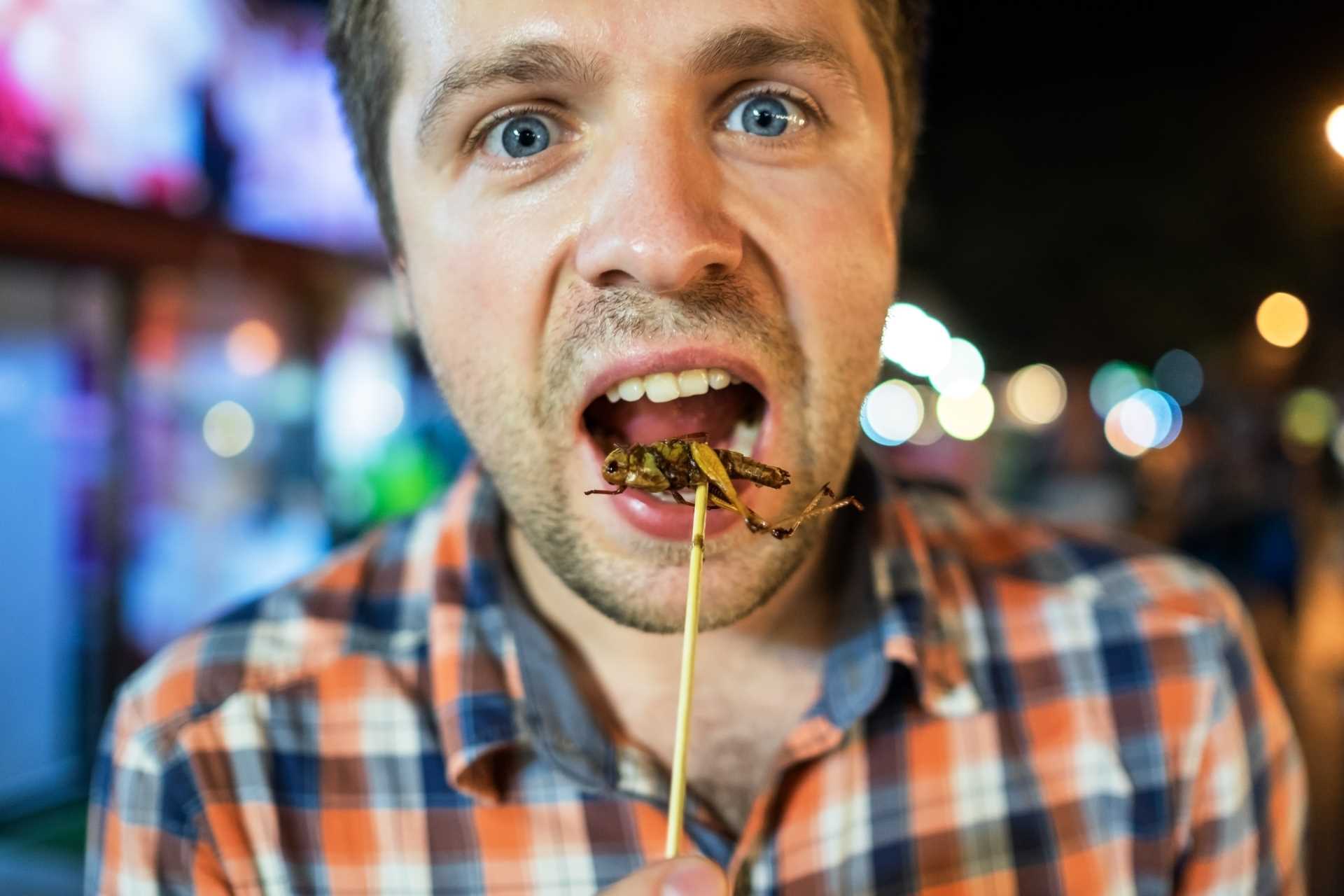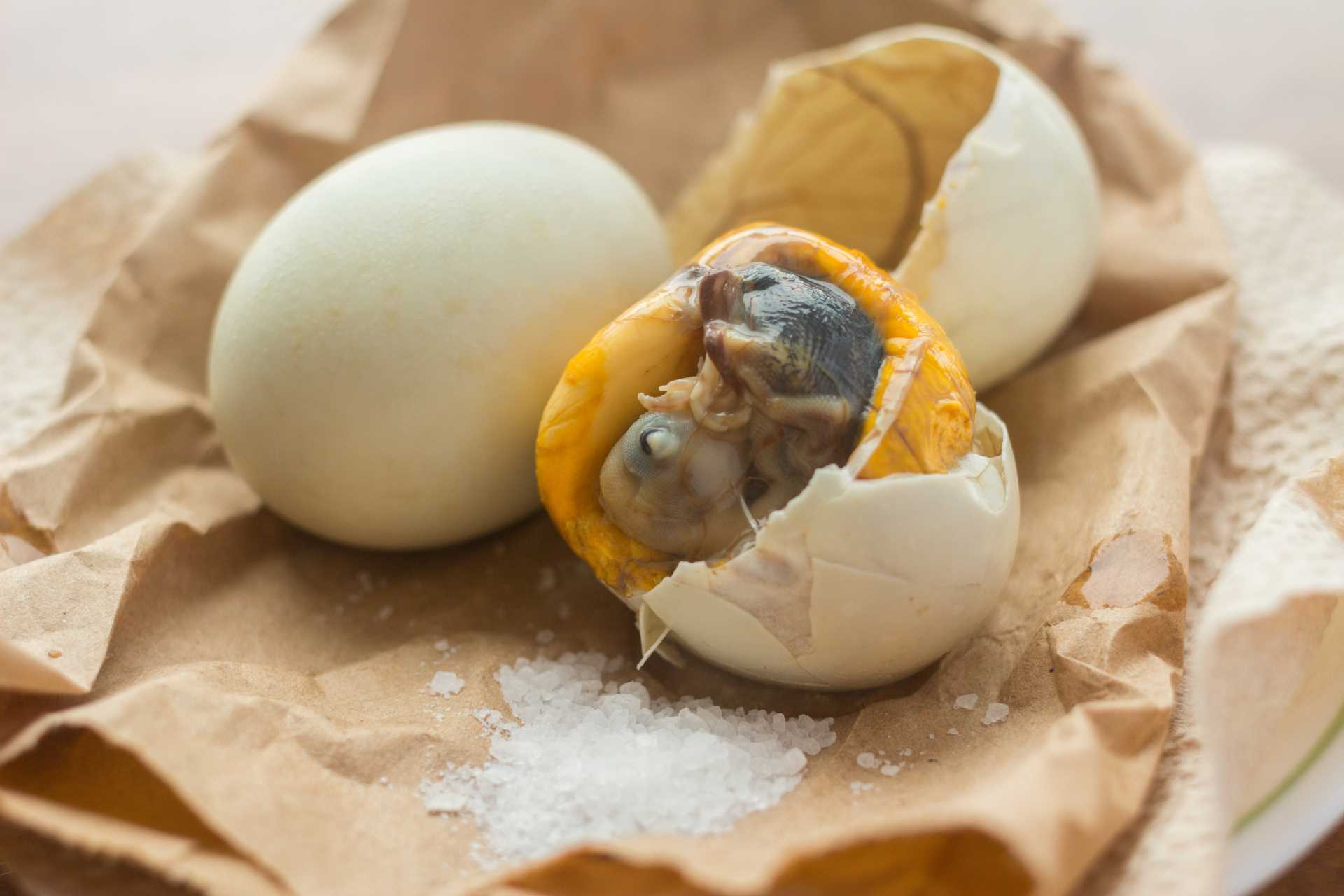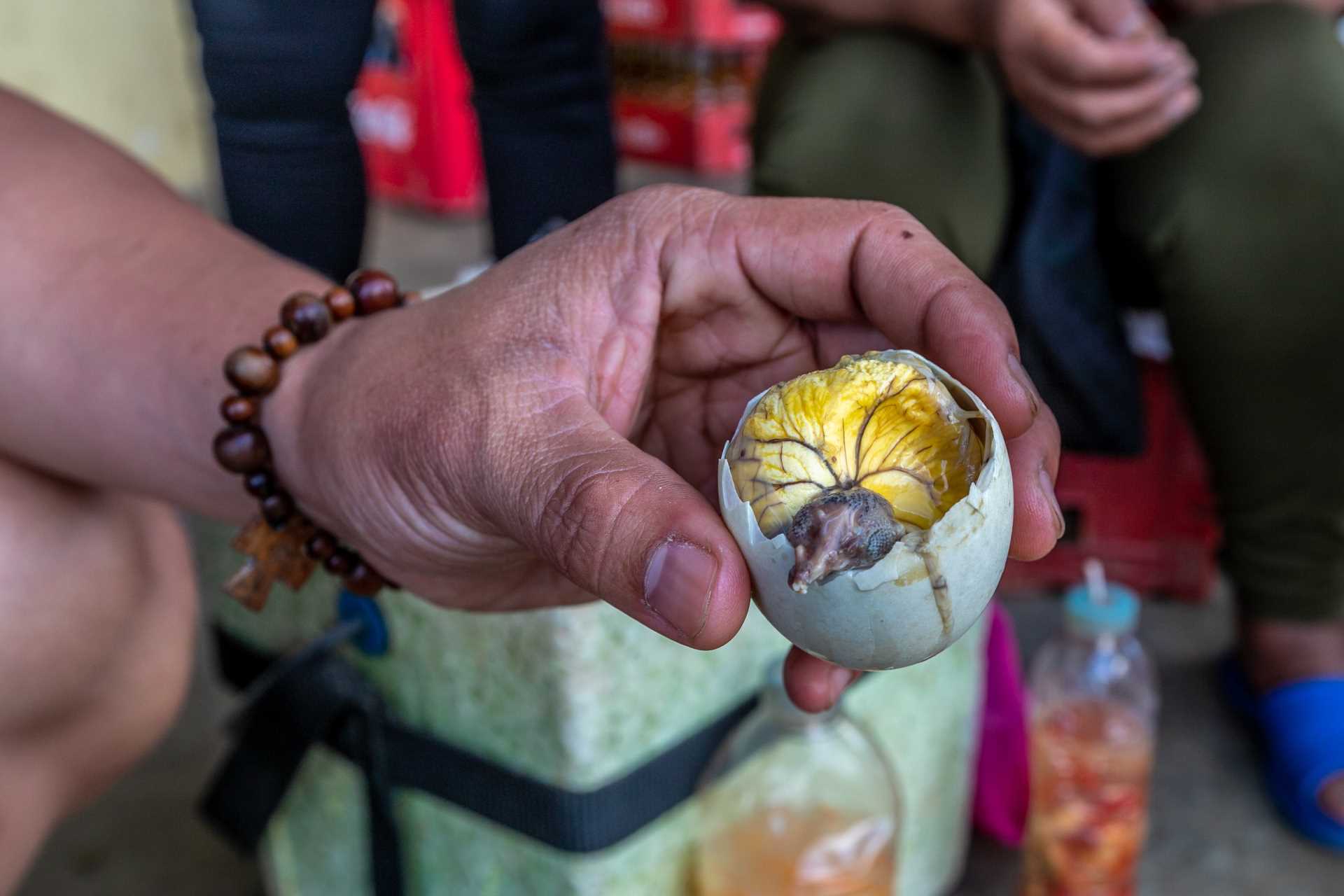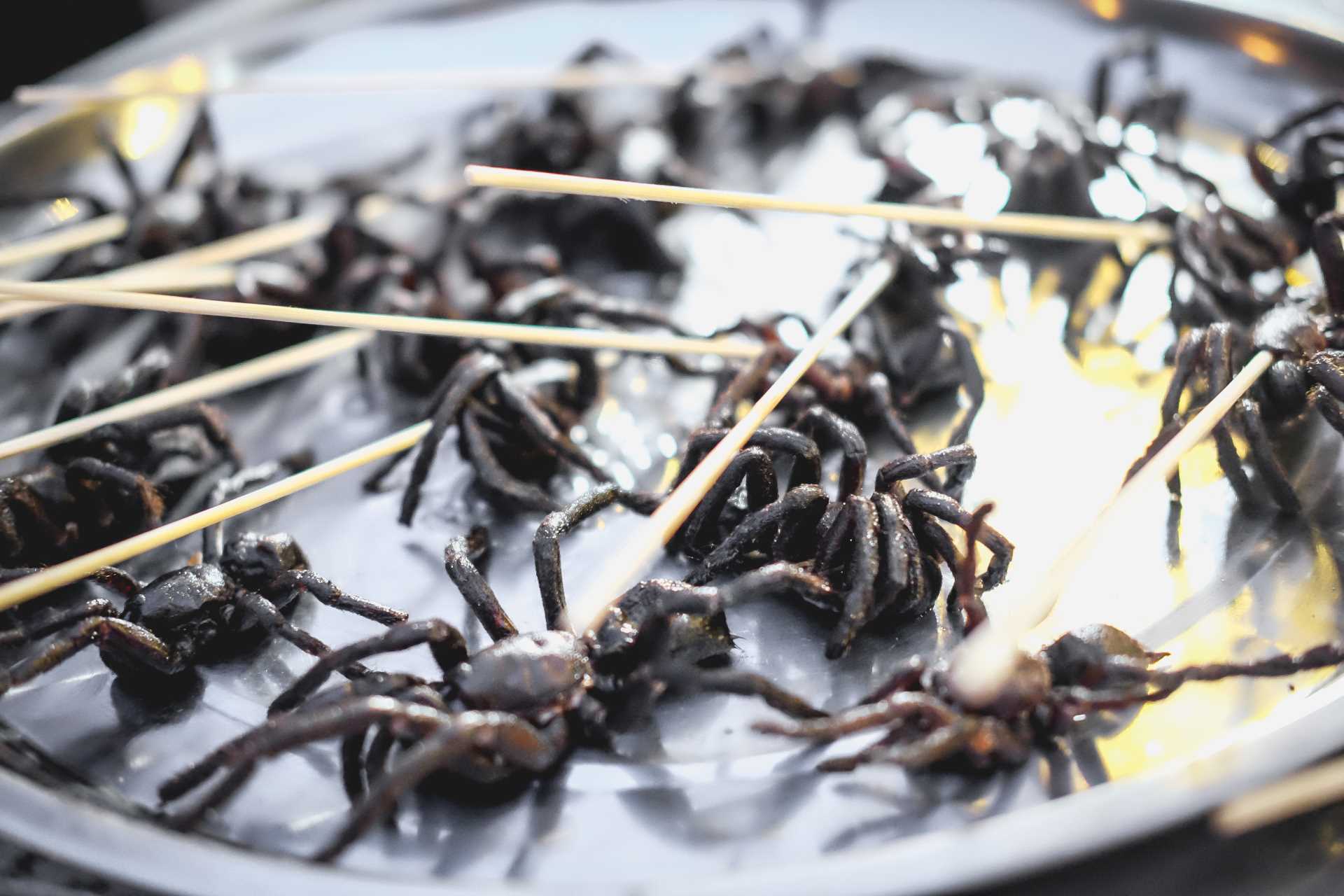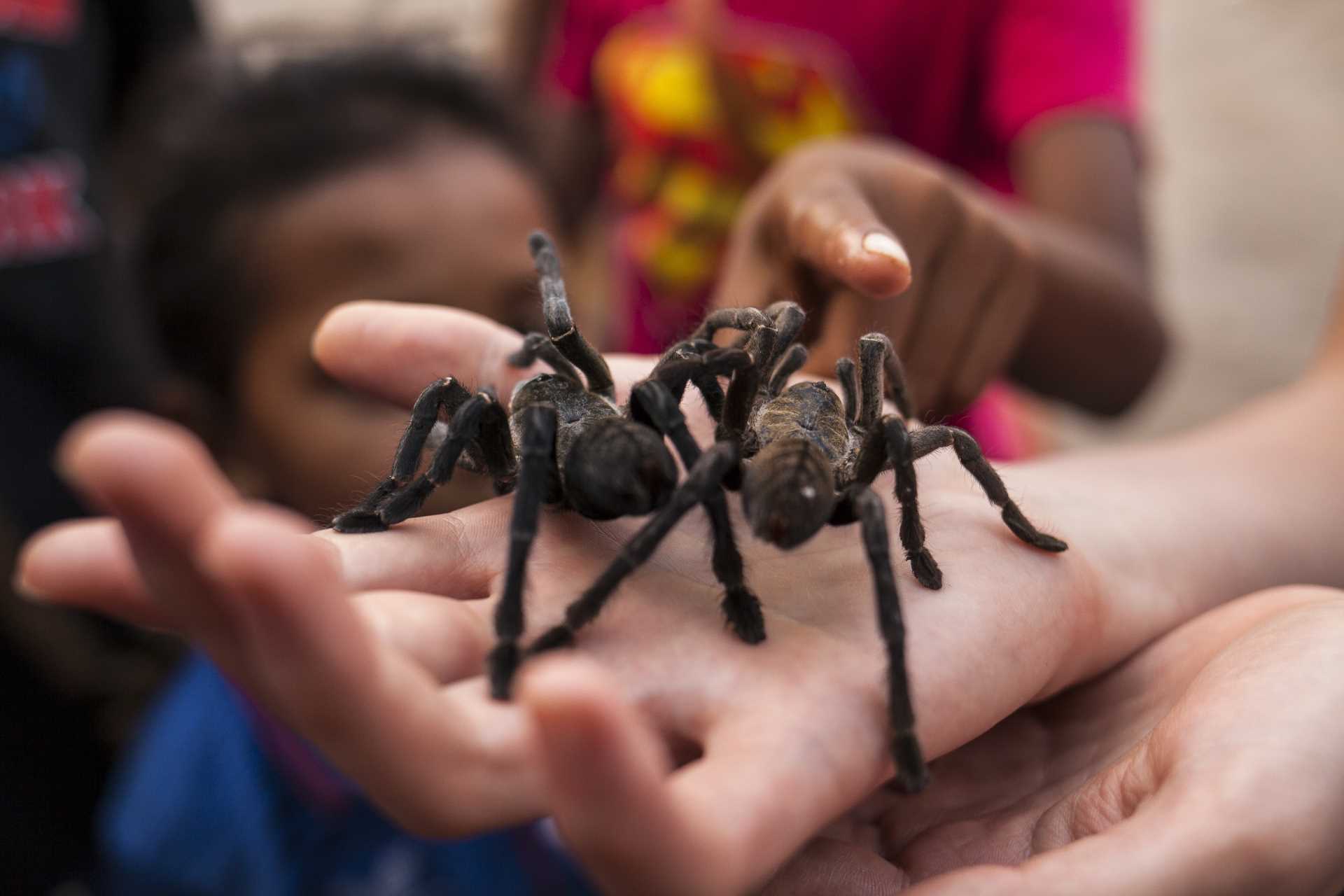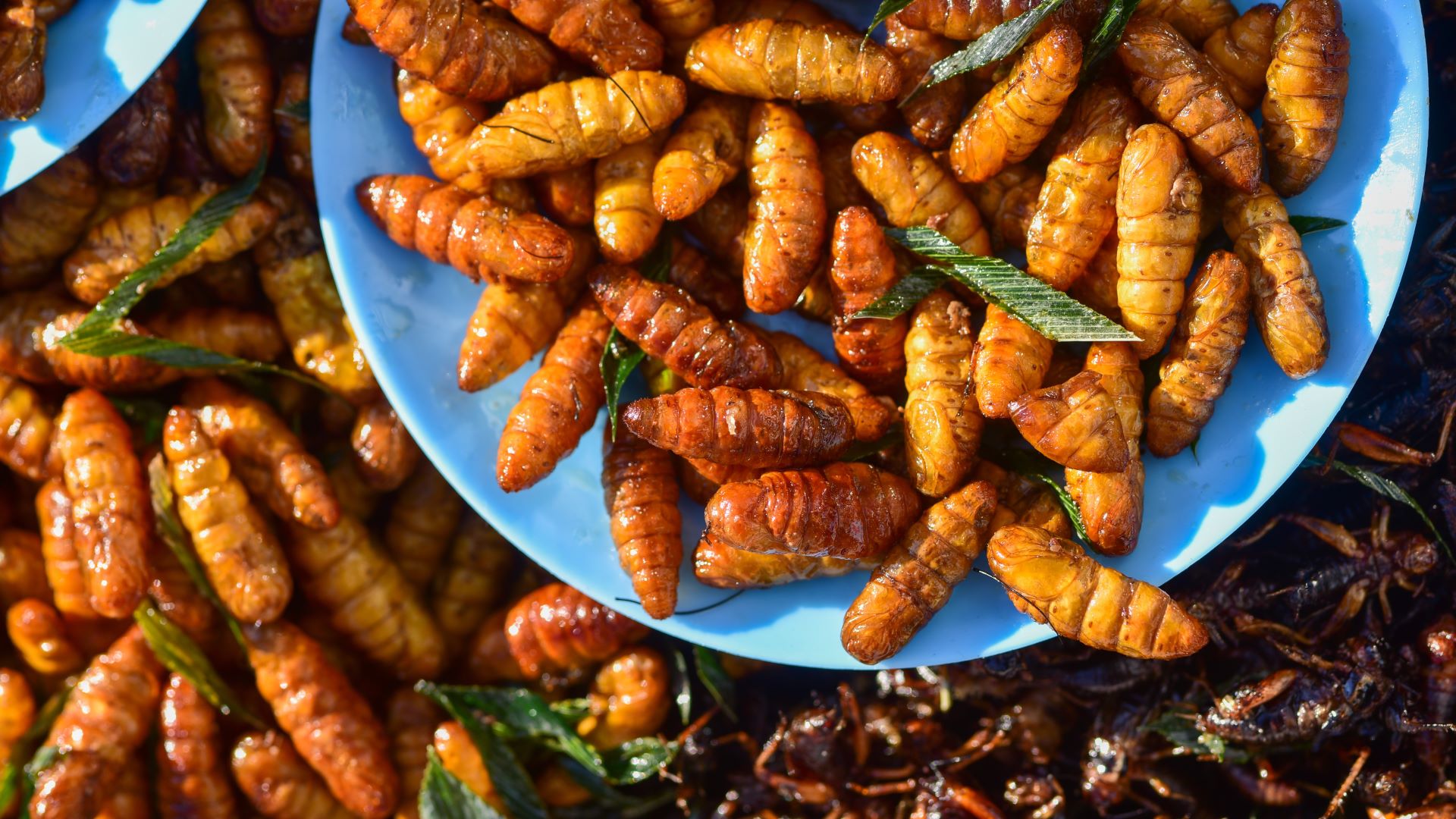
Daring to Dine: Local Foods That Might Shock Visitors!
Asia is home to some of the most unique and adventurous cuisines in the world, with dishes that may surprise or even shock visitors. What locals consider everyday fare—such as stinky tofu in Taiwan, balut in the Philippines, or fried tarantulas in Cambodia—can be a bold experience for tourists. These foods not only offer a glimpse into the rich culinary traditions of the region but also challenge your palate with unusual flavors and textures. When exploring these local delicacies, it’s important to approach them with an open mind and respect for the cultures that treasure these culinary treasures.
Stinky Tofu (Taiwan)
Stinky tofu is a beloved street food in Taiwan, infamous for its potent odor. Fermented in a brine made from vegetables, milk, and meat, the tofu acquires a strong, pungent aroma that can be off-putting to newcomers. However, those brave enough to try it are often surprised by the mild, tangy flavor and crispy texture. It’s typically deep-fried and served with pickled vegetables or a sweet soy-based sauce. While the smell might discourage some, stinky tofu remains a staple of night markets across Taiwan, symbolizing the adventurous spirit of Taiwanese cuisine.
Images via ApinBen4289 / Shutterstock (left) and kitzcorner / Shutterstock (right).
Durian (Malaysia)
Known as the "king of fruits," durian is famous across Southeast Asia, especially in Malaysia, for its divisive smell, which ranges from sweet to rotten. Its spiky exterior protects a creamy, custard-like flesh that has a rich, sweet, and slightly savory flavor. Some describe durian as deliciously unique, while others find the aroma overpowering, even offensive. Despite its polarizing nature, durian is beloved by many locals and is used in various dishes, from desserts to savory curries. The fruit is banned in some public spaces due to its smell, but it remains an iconic part of Malaysia's food culture.
Images via Elly Suhailee / Shutterstock (left) and Gregory Zamell / Shutterstock (right).
Sannakji (South Korea)
Sannakji is a traditional Korean dish featuring live octopus. The tentacles are sliced into small pieces while still wriggling and served immediately. Diners must chew carefully, as the suction cups on the tentacles can stick to the mouth or throat. Sannakji has a mild flavor but is prized for its fresh, chewy texture and the thrilling experience it offers. Often served with sesame oil and a sprinkle of sesame seeds, this dish is popular at seafood markets and adventurous restaurants in South Korea, attracting thrill-seeking food lovers looking for an unforgettable dining experience.
Images via successo images / Shutterstock (left) and Kris Albert / Shutterstock (right).
Snake Whiskey (Laos)
Snake whiskey, also known as Lao Lao, is a traditional spirit from Laos that contains a preserved snake inside the bottle. The snake is believed to infuse the alcohol with medicinal properties, including increased vitality and virility. The whiskey itself is made from rice and can be quite strong. Though the sight of a snake coiled inside the bottle may be unsettling for some, the whiskey is consumed both as a traditional remedy and a curiosity for daring travelers. It’s often enjoyed in small shots and found in local markets or specialty shops across Laos.
Images via Nok Lek Travel Lifestyle / Shutterstock (left) and Muellek / Shutterstock (right).
Deep-Fried Insects (Thailand)
In Thailand, deep-fried insects like crickets, grasshoppers, and silkworms are a common snack sold by street vendors. These crunchy critters are fried to a golden brown and seasoned with salt, chili, or soy sauce. Packed with protein, they are considered a healthy and sustainable food option. While the idea of eating insects might shock some tourists, they are a favorite snack among locals and often surprise travelers with their nutty, slightly salty flavor. Deep-fried insects are a staple of Thailand's street food scene and a must-try for adventurous eaters.
Images via Chaikom / Shutterstock (left) and RealPeopleStudio / Shutterstock (right).
Balut (Philippines)
Balut is a famous street food in the Philippines consisting of a fertilized duck egg with a partially developed embryo. Typically boiled and eaten directly from the shell, balut is enjoyed with a dash of salt, chili, and vinegar. The experience combines a mix of textures: the broth inside is savory, the egg white is firm, and the duck embryo is soft and slightly crunchy. Though some visitors may find the idea of eating an embryo unsettling, balut is prized for its flavor and nutritional value, considered a traditional snack and an integral part of Filipino culture.
Images via Shutterstock.
Tarantula (Cambodia)
In Cambodia, fried tarantulas are a unique delicacy, particularly in the town of Skuon, often called "Spiderville." These large spiders are seasoned with salt and sugar before being fried until crispy on the outside and tender on the inside. The legs are crunchy, while the abdomen is soft and packed with a bold, meaty flavor that some compare to crab or chicken. Tarantulas were first eaten out of necessity during the Khmer Rouge regime but have since become a popular street food. Adventurous tourists can now find them at roadside stalls or markets across the country.
Images via Adrian Roy Esmeris / Shutterstock (left) and Stefano Buttafoco / Shutterstock (right).
As you explore the diverse and bold flavors of Asia, remember to approach each dish with respect for local traditions. Embrace the experience with an open mind, savor the unfamiliar, and enjoy the journey through these unique culinary adventures that offer a true taste of local culture.
Cover image via Chaikom / Shutterstock.

